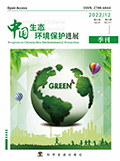参考文献
[1] 李雅淑, 张宁, 李冉琪, 等. 多组学技术在人参属药用植物抗根部病害研究中的应用[J]. 特产研究, 2023, 45(05): 170-175+181.

